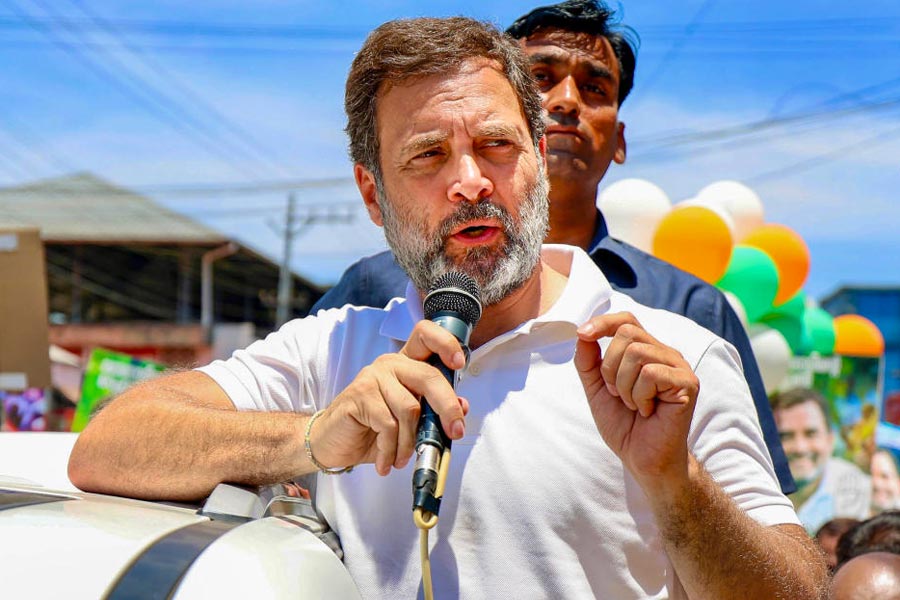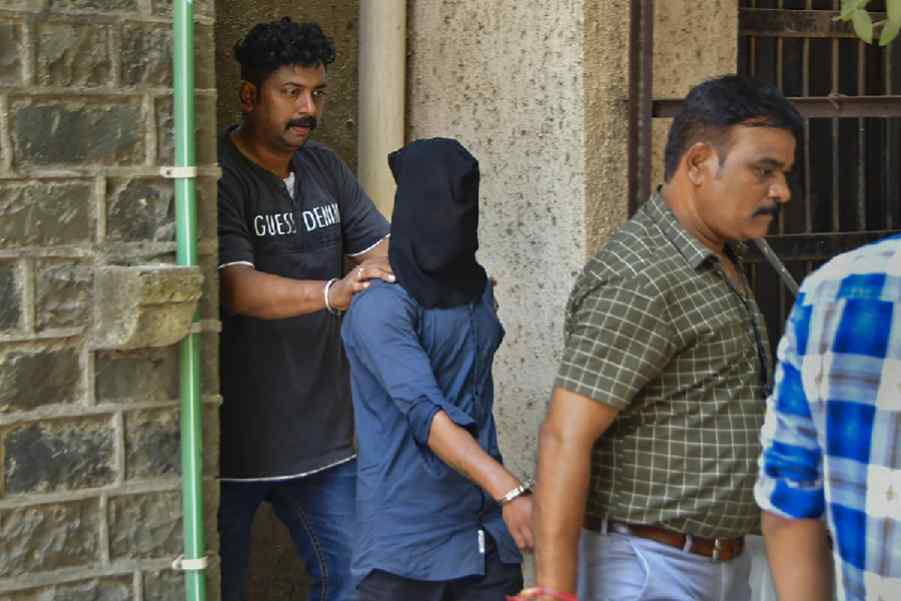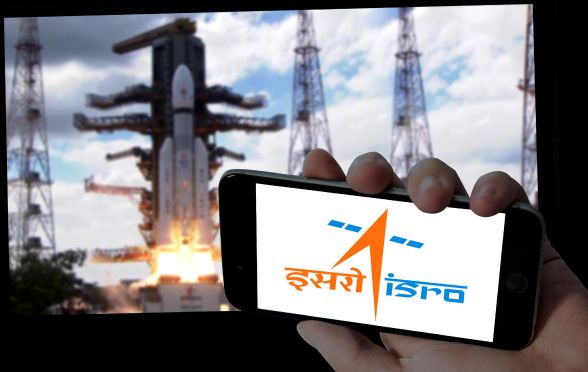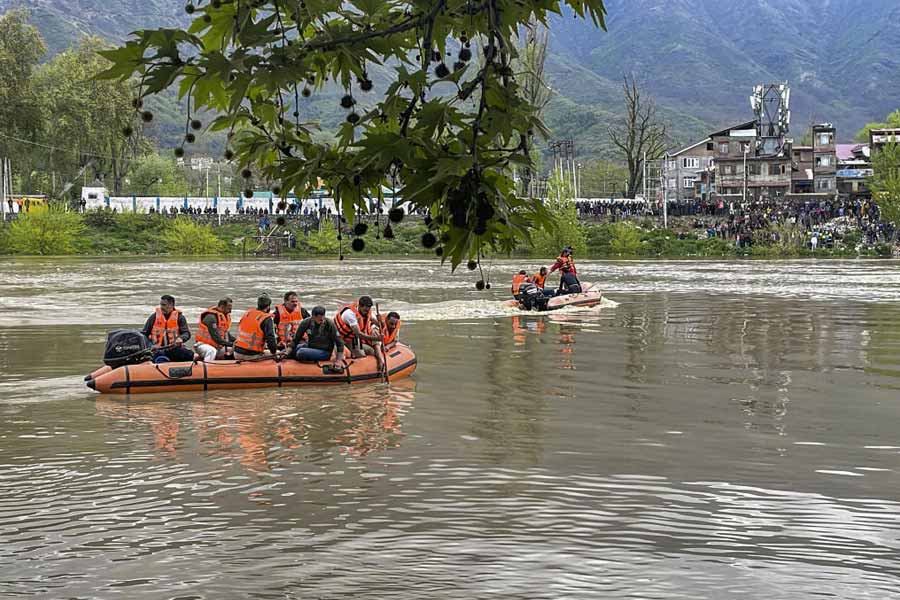More than 350 deep tube wells installed by the Calcutta Municipal Corporation continue to draw underground water to meet the increasing demand.
Forty-five of the 369 deep tube wells were dug in the last year alone, most of them in Kasba, Jadavpur and Tollygunge, engineers of the Calcutta Municipal Corporation (CMC) said.
Mayor Firhad Hakim said there are 132 deep tube wells in Borough X that covers areas such as Golf Green, Tollygunge and Ranikuthi. Borough XII, which includes parts of Kasba, Anandapur and Mukundapur off EM Bypass, has 71 deep tube wells.
“We have 369 deep tube wells across Calcutta…we are planning to increase the production of potable water so that people do not have to depend on underground water,” Hakim said.
When the 24-million-gallon Dhapa water treatment plant was inaugurated in December 2014, the civic body had promised residents of parts of Kasba, Jadavpur, Anandapur, Mukundapur and Patuli that they would no longer have to depend on underground water.
Boby Banerjee, a resident of Mukundapur, said she enjoyed ample water supply for the first three years after the inauguration of the plant. “The pressure of water was so high that the underground reservoir in our house would fill up in four hours. But now it never fills up,” she said.
The situation worsened over a year and a half ago with rapid increase in population in areas off the Bypass, civic sources said.
“Now we get salty water. There is red sediment deposit in the overhead tank and it has to be cleaned every month,” Banerjee said.
An environmental engineer said studies have shown high salinity in the water in Jadavpur as a result of “salt water intrusion from the coast”.
Public policy experts questioned why the corporation had failed to foresee the rise in population when it planned the Dhapa water treatment plant.
“Either the civic body failed to plan the water treatment plant and its distribution network properly or it failed to execute the work according to plan. Why would a situation arise within five years of inauguration of a water treatment plant where areas under it have to be served by installing deep tube wells,” asked a public policy expert.
Scientists warned about the negative consequences of continuous groundwater extraction and consumption on human health and the environment.
“There are a lot of contaminants in the groundwater such as iron. Also, groundwater extraction creates a vacuum underground that can lead to subsidence,” said a scientist of the New Delhi-based Centre for Science and Environment.
Asis Mazumdar, the director of Jadavpur University’s School of Water Resource Engineering, said the figure the mayor cited was only of deep tube wells installed by the CMC. “There are hundreds of other deep tube wells run by housing complexes in these areas. These are privately run and there is no survey of how many such tube wells exist.”










